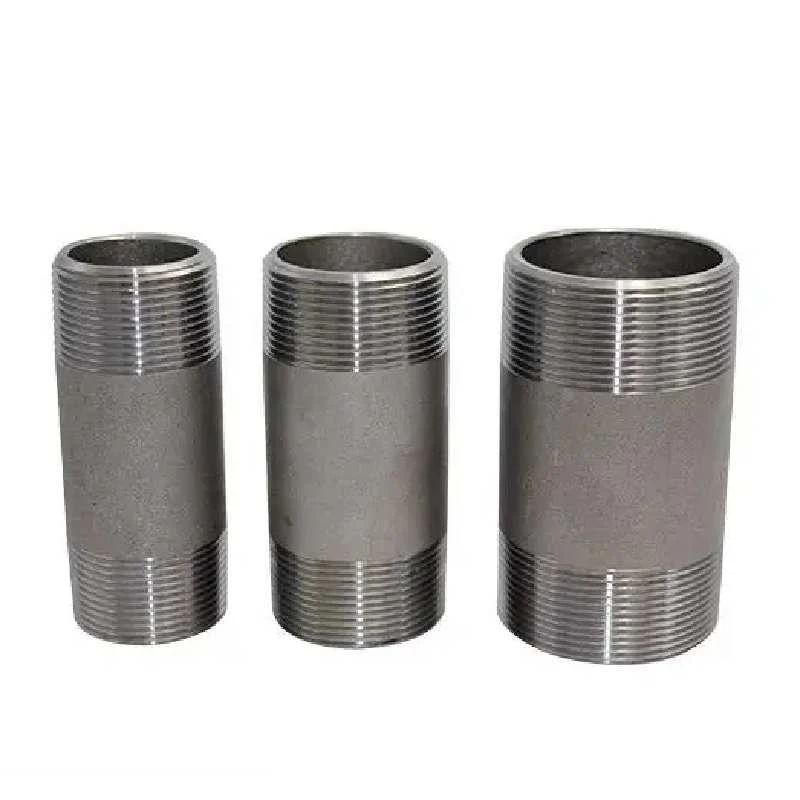-
Cangzhou Yulong Steel Co., Ltd.
-
Phone:
+86 13303177267 -
Email:
admin@ylsteelfittings.com
- English
- Arabic
- Italian
- Spanish
- Portuguese
- German
- kazakh
- Persian
- Greek
- French
- Russian
- Polish
- Thai
- Indonesian
- Vietnamese
- Zulu
- Korean
- Uzbek
- Hindi
- Serbian
- Malay
- Ukrainian
- Gujarati
- Haitian Creole
- hausa
- hawaiian
- Hebrew
- Miao
- Hungarian
- Icelandic
- igbo
- irish
- Japanese
- Javanese
- Kannada
- Khmer
- Rwandese
- Afrikaans
- Albanian
- Amharic
- Armenian
- Azerbaijani
- Basque
- Belarusian
- Bengali
- Bosnian
- Bulgarian
- Catalan
- Cebuano
- China
- China (Taiwan)
- Corsican
- Croatian
- Czech
- Danish
- Esperanto
- Estonian
- Finnish
- Frisian
- Galician
- Georgian
- Kurdish
- Kyrgyz
- Lao
- Latin
- Latvian
- Lithuanian
- Luxembourgish
- Macedonian
- Malgashi
- Malayalam
- Maltese
- Maori
- Marathi
- Mongolian
- Myanmar
- Nepali
- Norwegian
- Norwegian
- Occitan
- Pashto
- Dutch
- Punjabi
- Romanian
- Samoan
- Scottish Gaelic
- Sesotho
- Shona
- Sindhi
- Sinhala
- Slovak
- Slovenian
- Somali
- Sundanese
- Swahili
- Swedish
- Tagalog
- Tajik
- Tamil
- Tatar
- Telugu
- Turkish
- Turkmen
- Urdu
- Uighur
- Welsh
- Bantu
- Yiddish
- Yoruba

Nov . 26, 2024 21:44 Back to list
Pricing Information for SS 304 Seamless Pipes and Market Trends
The Pricing Dynamics of SS 304 Seamless Pipes
The SS 304 seamless pipe, composed primarily of stainless steel, is a crucial component in various industries due to its excellent corrosion resistance, high strength, and versatility. The price of SS 304 seamless pipes is influenced by multiple factors, including raw material costs, manufacturing processes, market demand, and geographical considerations. Understanding these dynamics can aid businesses, engineers, and procurement professionals in making informed decisions regarding their material sourcing and procurement strategies.
Composition and Specifications
SS 304 is an austenitic stainless steel that contains chromium (18%) and nickel (8%). This composition gives it not only impressive corrosion resistance but also good weldability and formability. As a seamless pipe, it is produced without any welding seams, which contributes to its strength and integrity. The dimensions and schedule of these pipes can vary widely, accommodating different applications, from industrial to architectural uses. This diversity in specifications means that the pricing can vary significantly based on the size, thickness, and grade of the seamless pipe.
Raw Material Costs
The pricing of SS 304 seamless pipes is heavily dependent on the cost of raw materials, particularly nickel and chromium. The prices of these metals fluctuate based on global market conditions, availability, and other economic factors. For instance, if the price of nickel surges due to supply constraints or increased demand from other sectors, the cost of producing SS 304 pipes may also rise. This direct relationship between raw material costs and pipe pricing creates a significant impact on the end-user price, compelling manufacturers to constantly monitor metal market trends.
Manufacturing Processes
The production method of seamless pipes also affects their prices. The manufacturing process typically involves heating a solid billet and then piercing it to form the pipe. This method requires precise control of temperature and pressure, and the machinery involved can be quite expensive to operate. Additionally, quality control measures during production—such as ultrasonic testing and eddy current testing—add to the overall production costs. The combination of high operational costs and the need for skilled labor ensures that SS 304 seamless pipes tend to be more expensive than their welded counterparts.
Market Demand and Supply
ss 304 seamless pipe price

The demand for SS 304 seamless pipes is influenced by several sectors, including construction, automotive, food processing, and pharmaceuticals. In construction and infrastructure projects, for instance, the demand can spike due to new developments or renovations. Conversely, economic downturns may lead to reduced demand, which can drive prices down. Seasonal trends also play a role; for example, construction activity typically ramps up in warmer months, influencing the pricing in accordance with supply and demand.
On the supply side, factors such as production capacity, lead time, and the presence of manufacturers can dictate pricing dynamics. Regions with more manufacturers can often see competitive pricing as companies try to capture market share.
Geographical Factors
The geographical location of both producers and consumers can significantly influence pricing. For instance, the cost of shipping and handling differentials in various regions can affect the final price of SS 304 seamless pipes. Additionally, local regulations, taxes, and tariffs can further complicate pricing structures in international trade. Areas with strict environmental regulations may see higher production costs, subsequently leading to higher prices for the end customer.
Market Trends and Future Projections
In recent years, the stainless steel market has experienced considerable volatility due to global economic shifts and changing trade policies. As industries evolve to meet new sustainability targets, there may be a shift towards using recycled materials in producing stainless steel, potentially impacting pricing dynamics. Innovations in production techniques, such as more efficient methods for extracting and processing raw materials, may also influence pricing in the long term.
Conclusion
In summary, the pricing of SS 304 seamless pipes is a complex interplay of raw material costs, manufacturing processes, market demand, and geographical factors. Understanding these elements is essential for stakeholders across industries, ensuring they can navigate the market effectively, make informed purchasing decisions, and ultimately optimize their operational costs. As the market continues to evolve, staying abreast of these trends will be fundamental for anyone reliant on SS 304 seamless pipes.
Latest news
-
ANSI 150P SS304 SO FLANGE
NewsFeb.14,2025
-
ASTM A333GR6 STEEL PIPE
NewsJan.20,2025
-
ANSI B16.5 WELDING NECK FLANGE
NewsJan.15,2026
-
ANSI B16.5 SLIP-ON FLANGE
NewsApr.19,2024
-
SABS 1123 FLANGE
NewsJan.15,2025
-
DIN86044 PLATE FLANGE
NewsApr.19,2024
-
DIN2527 BLIND FLANGE
NewsApr.12,2024
-
JIS B2311 Butt-Welding Fittings LR/SR 45°/90° /180°Seamless/Weld
NewsApr.23,2024











